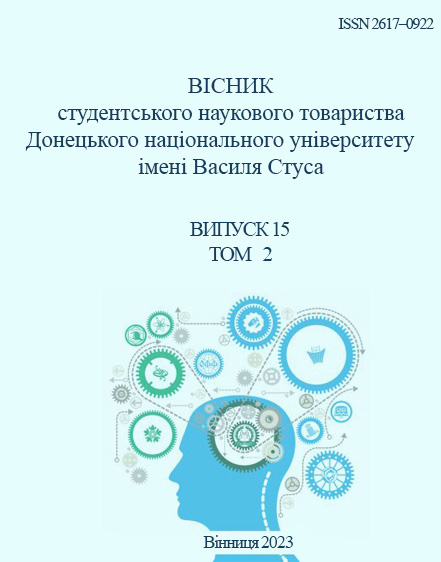Developmental biology of the California earthworm (Eisenia fetida) on biological substrates
Keywords:
red Californian earthworm; substrate; vermicomposting; composter; biocompostAbstract
This scientific publication is dedicated to studying the influence of various biological substrates on the cultivation process of the Californian earthworm (Eisenia fetida). The research was conducted with the aim of establishing optimal conditions for the maintenance and reproduction of this species of earthworm, which plays a significant role in the composting process and holds great importance for soil fertility maintenance. Four types of biological substrates were employed in the study: a mixture of compost with organic household waste, leaf litter, shredded straw, and peat. For each variant, key parameters of Californian earthworm cultivation were examined, including population growth and mass, fecundity, generative activity, and chemical analysis of biocompost samples, among others.
References
Безділь Р. В. Вплив складу субстрату на вихід вермікомпосту і біомаси штучної популяції Eisenia foetida. Науковий вісник НЛТУ України. 2015. № 25. С. 15–161.
Chauhan H. K., Singh K. Potancy of Vermiwash with Neem plant parts on the Infestation of Earias vittella (Fabricius) and Productivity of Okra (Abelmoschus esculentus) (L.) Moench. Asian Journal of Research in Pharmaceutical Science. 2015. Vol. 5, № 1. P. 36–40.
Suthar S. Vermicomposting of organic wastes: A review. International Journal of Environment and Waste Management. 2016. Vol. 18, № 1. P. 84–103.
Rai P. K., Singh M., Upadhyay A. K. Influence of substrate and moisture content on growth and reproduction of Eisenia fetida during vermicomposting of municipal solid waste. Journal of Environmental Management. 2017. Vol. 2, № 4. P. 189–196.
Kaplan M. The National Master Plan for Agricultural Development in Suriname. Final Report. Applied Ecology and Environmental Sciences. 2021. Vol. 9, № 2. P. 280–285.
Formation of anthropogenic waste and environmentally safe ways of their disposal / M. Adamenko, S. Sonko, I. Gursky, E. Darmofal. Technogenic and ecological safety. 2020. Vol. 8, № 2. P. 32–38.
Waseem M. A., Giraddi R. S., Math K. K. Assessment of nutrients and micro flora in vermicompost enriched with various organics. Journal of Experimental Zoology. India, 2013. Vol. 16, № 4. P. 697–703.
Hazard remediation and recycling of tea industry and paper mill bottom ash through vermiconversion / L. Goswami, A. K. Patel, G. Dutta, P. Bhattacharyya, N. Gogoi, S. S. Bhattacharya. International Journal of Environment and Waste Management, Chemosphere. 2013. Vol. 92, № 6. P. 708–713.
Devi J., Prakash M. Microbial Population dynamics during vermicomposting of three different substrates amended with cowdung. International Journal of Current Microbiology and Applied Sciences. 2015. Vol. 4, № 2. P. 1086–1092.

